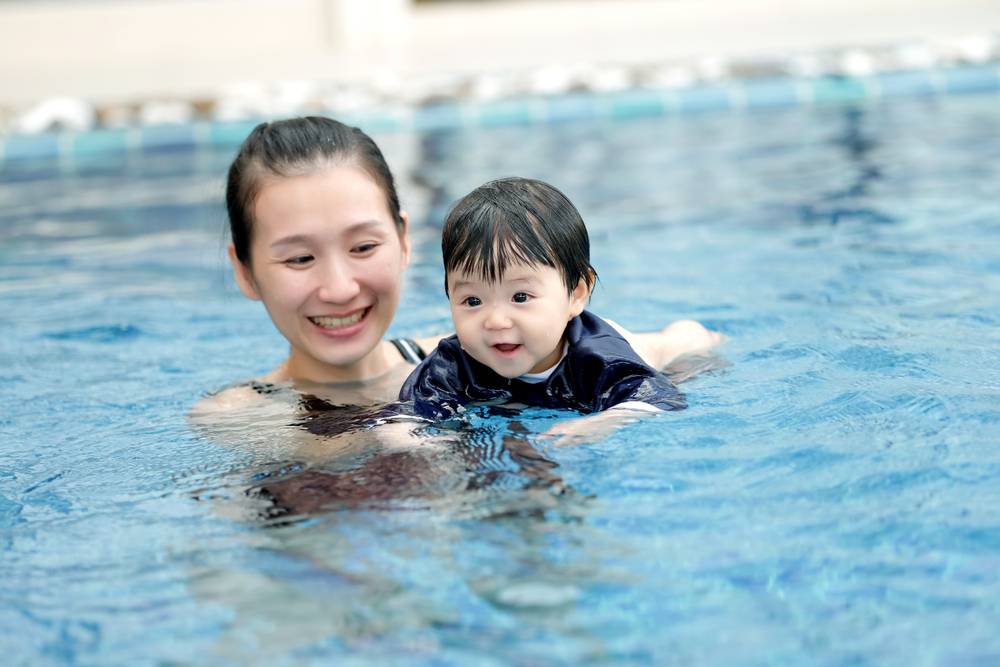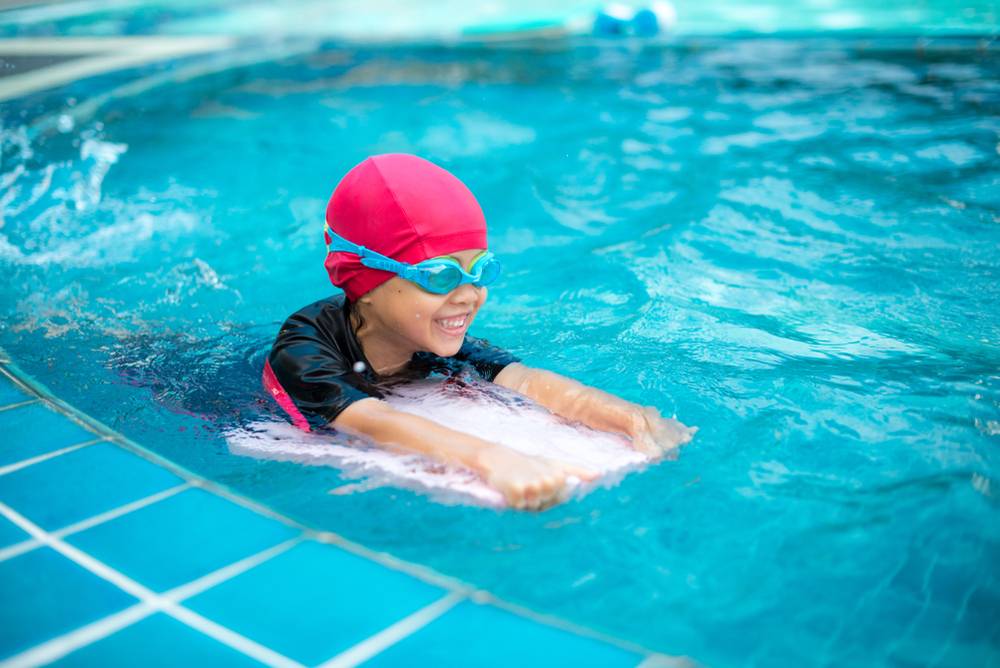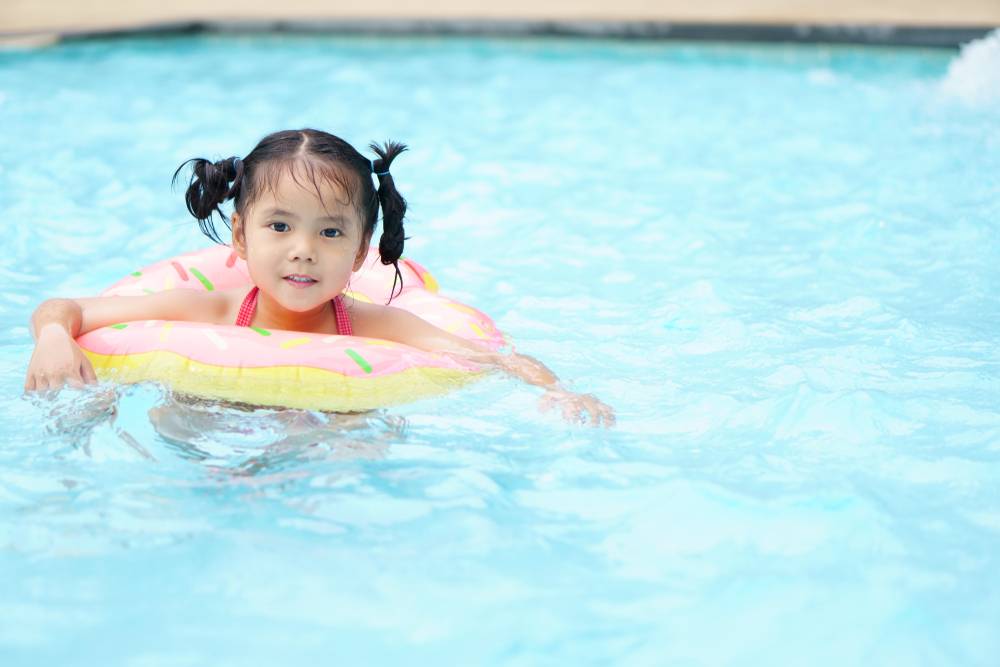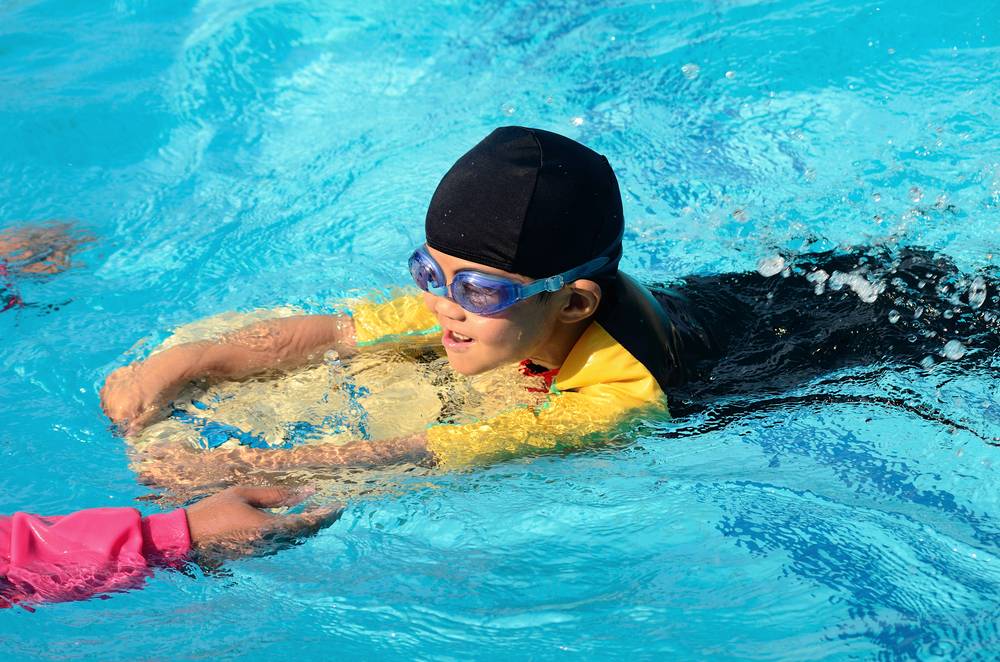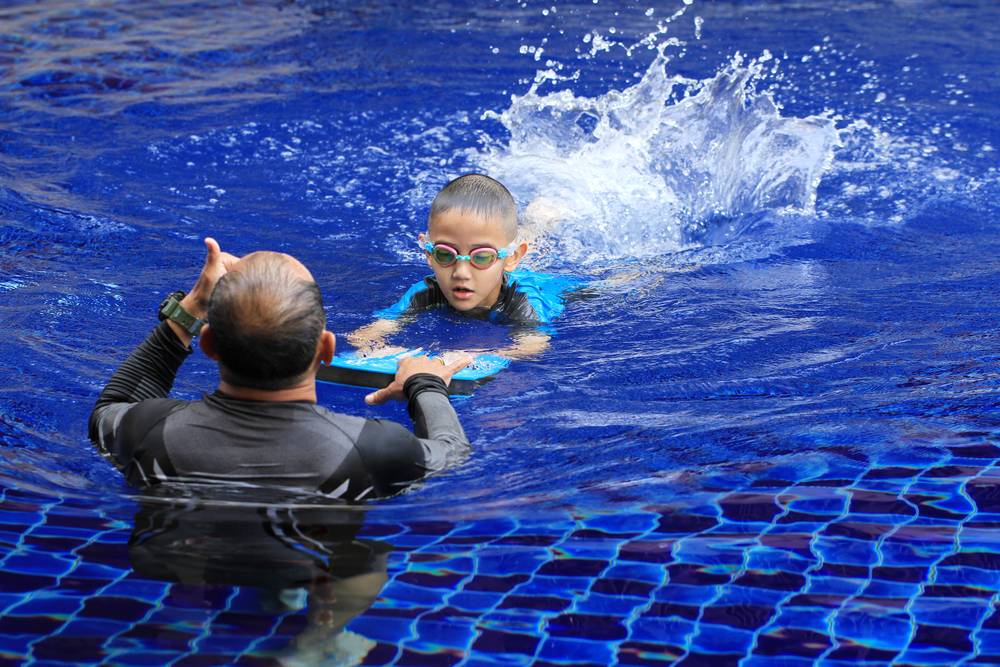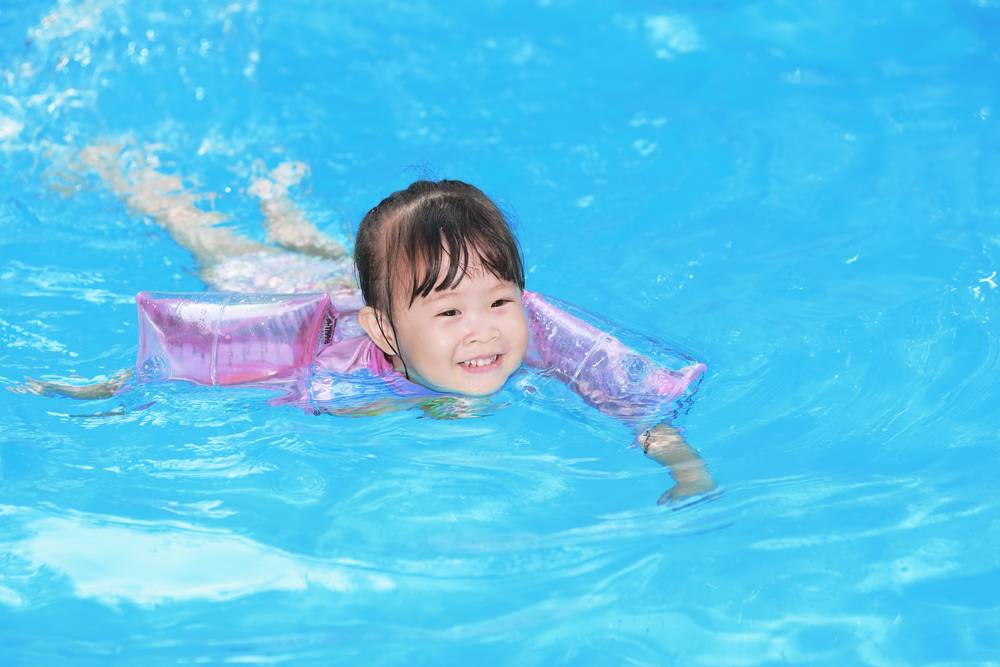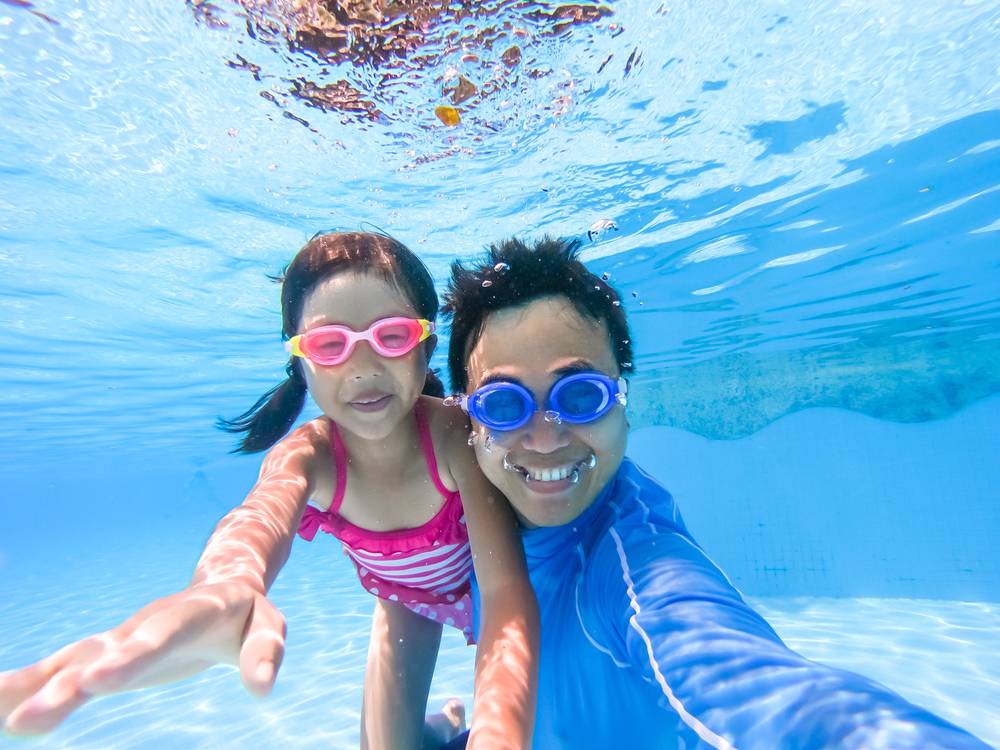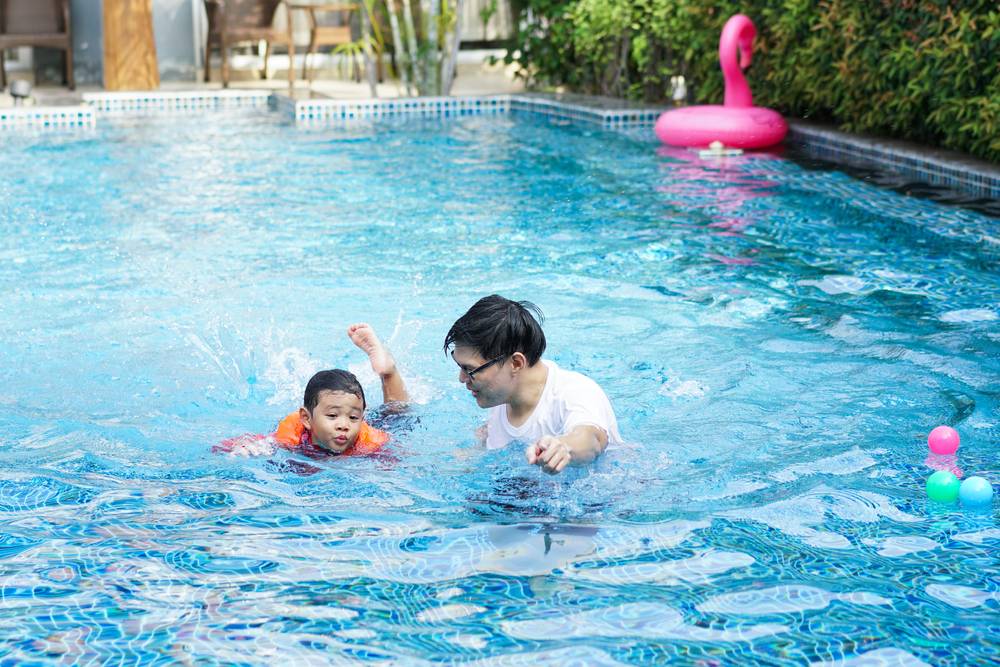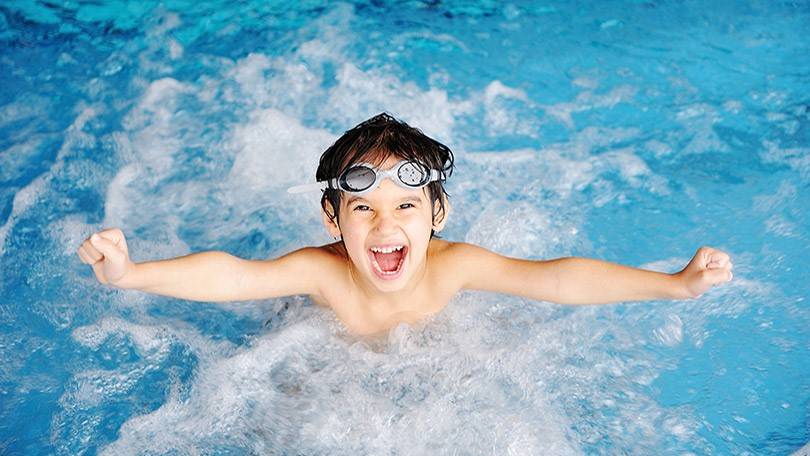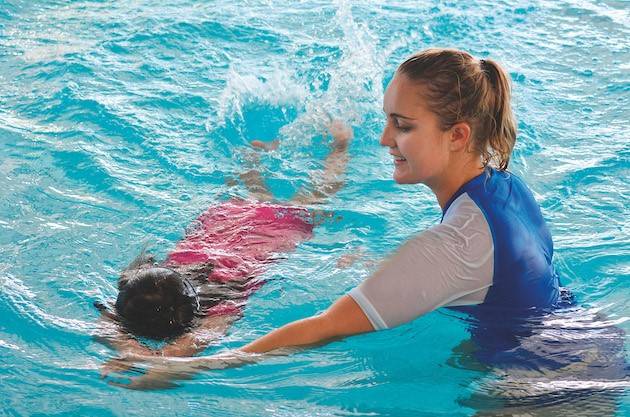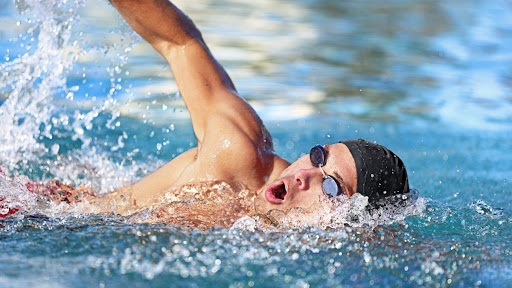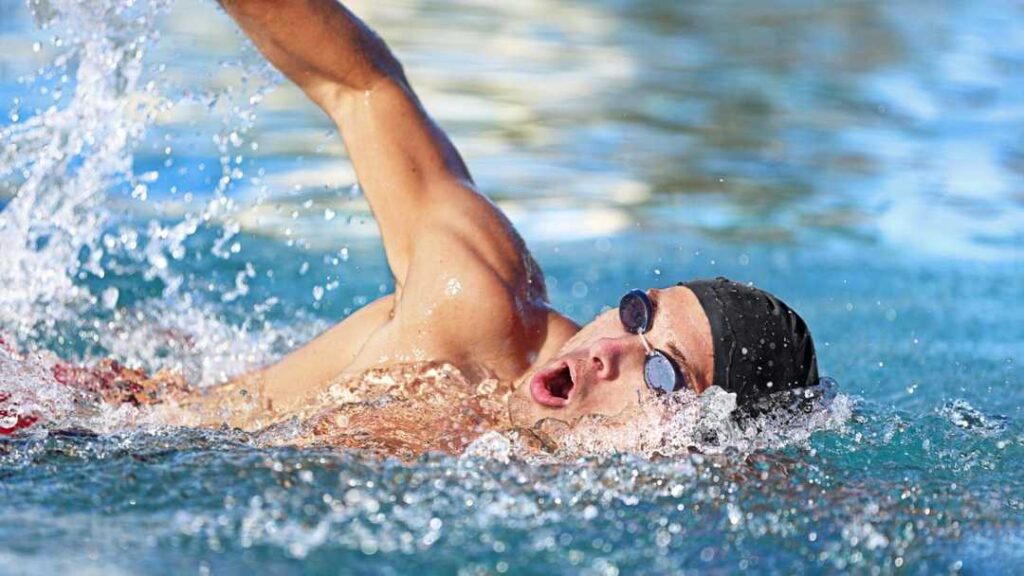When Swimming How Do You Breathe
If you’ve ever tried to swim a full lap and found yourself gasping for air halfway through, you’re not alone. Breathing while swimming feels unnatural at first because, well, it is. On land, breathing is automatic; in water, it’s an art. Many new swimmers ask, “When swimming how do you breathe properly without choking or losing rhythm?” It’s one of the most common challenges HydroSplash Swimming Academy coaches encounter—and also one of the most rewarding to master.
Learning to breathe effectively in the pool is not just about survival; it’s about grace, control, and efficiency. Breathing connects your strokes, keeps your body calm, and determines how long you can sustain energy in the water. Let’s explore how proper breathing works, why it matters, and how HydroSplash’s professional approach helps both beginners and experienced swimmers turn gasps into rhythmic confidence.
Why Breathing Feels So Different in Water
The main reason many adults struggle with the question “when swimming how do you breathe?” is because breathing in water reverses what we do naturally. On land, we inhale and exhale through both our nose and mouth. In water, we inhale quickly through the mouth above the surface and exhale steadily through the nose underwater. It’s a mental and physical adjustment that takes patience and practice.
At HydroSplash Swimming Academy, instructors often compare breathing to music—it’s all about rhythm. When your breathing matches your stroke tempo, your swimming becomes fluid. Without that sync, your body tenses, your head lifts too high, and your strokes lose power. Once you learn to control exhalation underwater, your body naturally relaxes and floats more efficiently.
The Science Behind Swimming Breathing
Breathing in water is more than timing; it’s physiology. When you swim, your body is in a horizontal position, and water pressure compresses your chest slightly. This makes inhalation a bit harder and exhalation more important. A steady outflow of bubbles through the nose keeps carbon dioxide levels balanced and prevents panic.
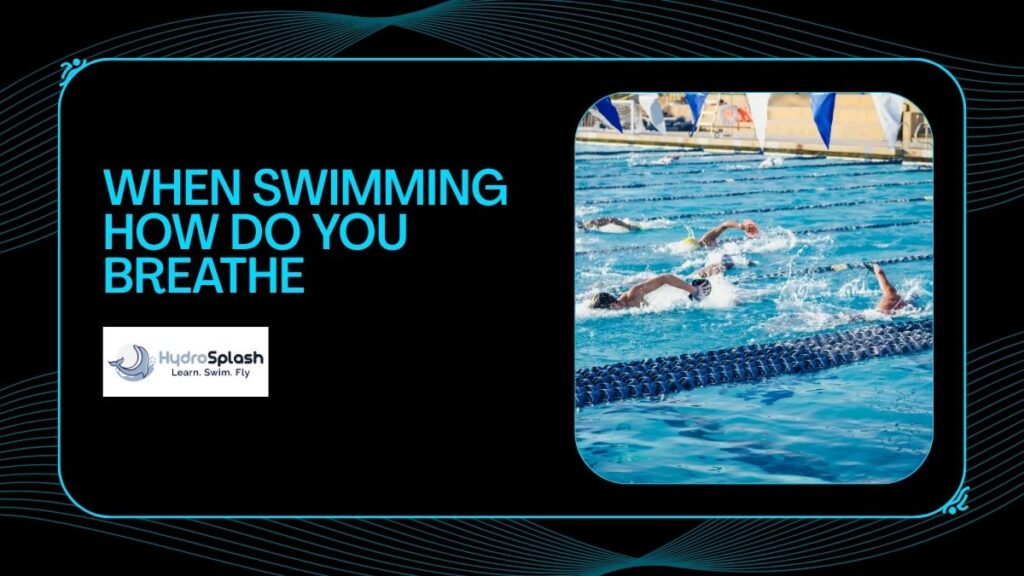
According to research published in the Journal of Sports Science & Medicine (2023), rhythmic breathing in swimming enhances oxygen intake efficiency and reduces fatigue by up to 18% compared to irregular breathing patterns (source). That’s why professional swimmers seem so calm—they’re not just strong, they’re synchronized.
Breathing in Freestyle: The Common Struggle
Freestyle is the stroke that causes most people to ask “when swimming how do you breathe without swallowing water?” The key is turning your head, not lifting it. Every time you lift your head forward, your hips sink, your momentum drops, and your body tires quickly.
At HydroSplash Swimming Academy, coaches teach swimmers to keep one goggle underwater and one goggle above while turning their head to the side for a quick breath. It’s subtle, smooth, and efficient. Inhale swiftly through your mouth, then exhale gently underwater through your nose until your next breath. The goal is consistency—no holding your breath, no panic.
Many adult learners find that once they focus on exhaling underwater instead of holding air in, their buoyancy improves instantly. The difference is often night and day between struggling to stay afloat and gliding effortlessly.
Breathing in Backstroke: The Natural Rhythm
For beginners struggling with freestyle breathing, HydroSplash often introduces backstroke as a confidence-builder. Backstroke allows swimmers to breathe freely since their face stays above water. It’s perfect for learning how to coordinate breathing with movement and for easing tension around the neck and shoulders.
When performing backstroke, the secret is timing—inhale as one arm enters the water and exhale as the other recovers. It’s like a pendulum: one motion feeds the other. Learning this pattern helps swimmers understand how controlled breathing supports endurance, even when transitioning back to face-down strokes later.
Breaststroke Breathing: Calm and Controlled
When teaching beginners or children, breaststroke is often the go-to for introducing breathing technique. It’s slower, more deliberate, and easy to visualize. You inhale as your head comes above the water during the glide phase and exhale underwater as your arms extend forward.
While it may sound simple, timing remains critical. Lifting your head too early can strain your neck; exhaling too late can break rhythm. At HydroSplash, instructors help students internalize this rhythm with drills that match breathing to arm recovery, ensuring every motion feels natural and unforced.
Butterfly Breathing: For the Advanced Swimmer
Butterfly breathing, while challenging, can be deeply rewarding when mastered. You breathe in as your head breaks the surface during the upward motion of your arms and exhale underwater during the glide. What makes butterfly breathing tricky is synchronization—it’s easy to over-rotate or lift too high, wasting energy.
For swimmers with solid freestyle and breaststroke experience, HydroSplash’s advanced sessions focus on muscle coordination and body roll. The goal isn’t just to look powerful but to breathe efficiently through short, controlled inhales without disturbing body alignment.
Overcoming Fear: The Psychological Side of Breathing
Breathing and fear are closely connected in swimming. Many adults who ask “when swimming how do you breathe?” are often battling aquaphobia at the same time. Panic causes shallow, erratic breathing, which leads to fatigue and poor control.
HydroSplash instructors approach this with empathy and structured confidence-building exercises. One of the most effective techniques used in their Swimming Lesson programs is bubble-blowing practice—teaching swimmers to exhale steadily underwater in a relaxed environment before combining it with movement.
Through repetition and reassurance, learners eventually discover that water doesn’t have to be an enemy—it can become a partner. Every bubble becomes a signal of control, transforming anxiety into awareness.
The Role of Breathing in Stamina and Endurance
Breathing efficiency determines how long you can swim before fatigue sets in. Shallow, panicked breaths waste energy, while controlled breathing extends stamina. Think of it as the body’s metronome—when it’s steady, your movements follow in harmony.
A study conducted by Singapore Sports Institute found that swimmers who practiced breath control exercises improved their lap endurance by 25% within eight weeks of training (source). At HydroSplash, breath drills are woven into every lesson, from beginners learning basic coordination to advanced swimmers refining competitive techniques.
Common Breathing Mistakes and How to Fix Them
If you’re struggling to find your rhythm, you’re not failing—you’re learning. Most breathing mistakes come from overexertion or poor timing. Common issues include holding the breath too long, lifting the head too high, or inhaling water due to late exhalation.
HydroSplash’s instructors often remind swimmers that breathing is not a “break” in swimming—it’s part of the stroke. Proper breathing integrates seamlessly into movement, not interrupting it. With guided correction, even hesitant swimmers find their rhythm within a few sessions.
Building Confidence Through Correct Breathing
Confidence in the water starts with control over breathing. Once you realize you can manage your air and rhythm, everything else falls into place. Swimmers often describe it as “finally feeling one with the water.” It’s not poetic exaggeration—it’s balance.
HydroSplash Swimming Academy focuses on this balance, blending technique with confidence training. Whether through adult lessons that break old fears or kids’ programs designed for gradual mastery, the academy builds swimmers who breathe, move, and think with fluidity.
Final Thoughts: Breathing Is the Anchor of Swimming
So, when swimming how do you breathe? The answer is simple yet profound—you breathe in rhythm with the water, not against it. Inhale through the mouth quickly, exhale through the nose slowly, and trust that the water supports you. With practice, breathing stops being an obstacle and becomes your greatest ally.
Every swimmer’s journey begins with a single breath. Whether you’re an adult learning for the first time or a parent enrolling your child in lessons, HydroSplash’s methodical approach ensures you’ll never feel out of your depth. It’s not just about learning to breathe—it’s about learning to trust yourself.
Start your journey with HydroSplash Swimming today. Explore tailored Swimming Lesson programs that help you master breathing techniques, refine strokes, and build confidence with every breath you take. Because at HydroSplash, every breath counts toward something greater—freedom in the water.
Click on the link to find out more about HydroSplash Swimming. Chat with our representatives today!
About HydroSplash Swimming
Adult Swimming Lesson
Private Swimming Lesson
Kids Swimming Lesson
Whatsapp Us

